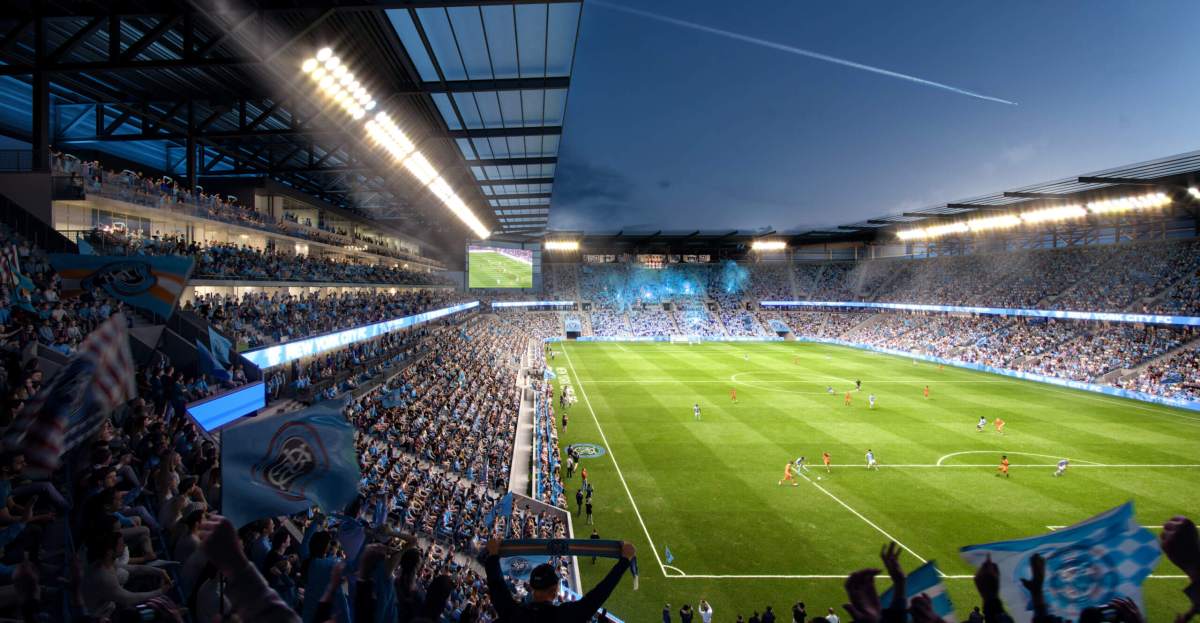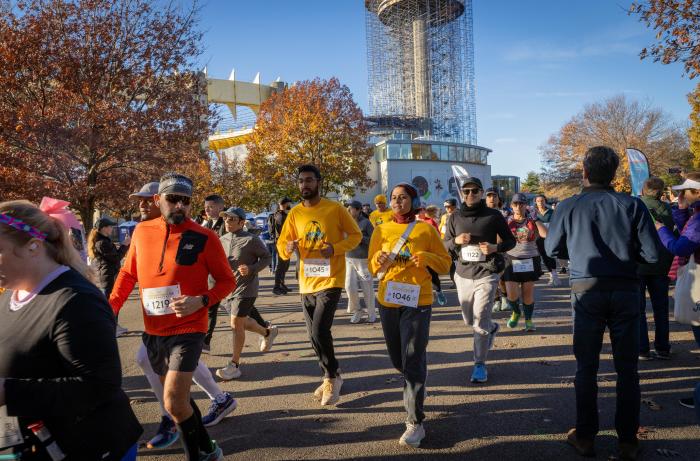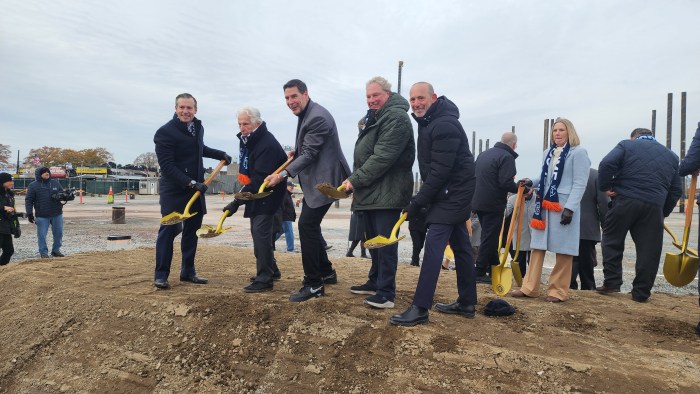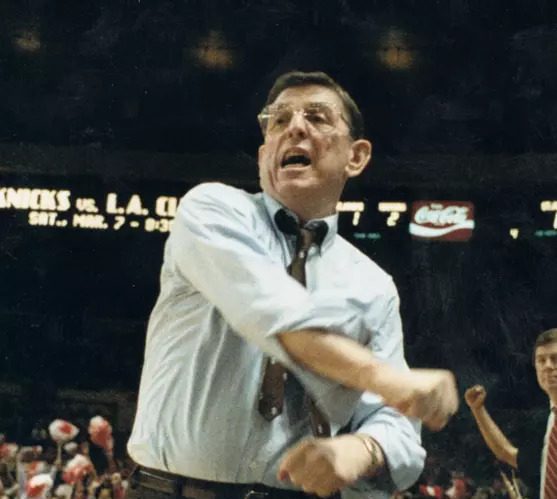New renderings of the upcoming NYCFC stadium near Citi Field were shown off during the May 10 Community Board 7 meeting. The renderings outline the Willets Point Revitalization Plan, which is set to deliver the largest affordable housing development in 40 years and New York City’s first-ever 25,000-seat, soccer-specific stadium.
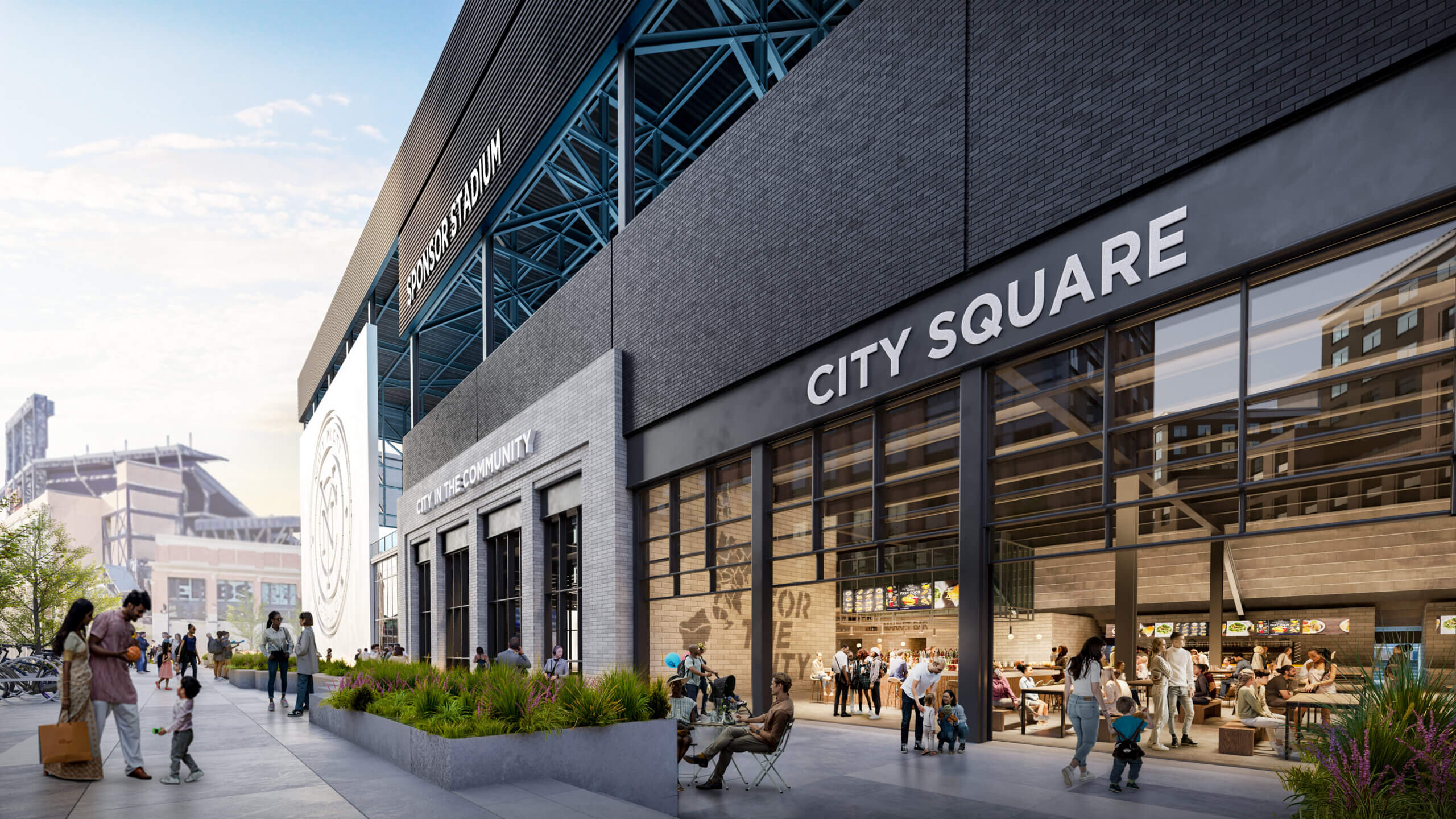
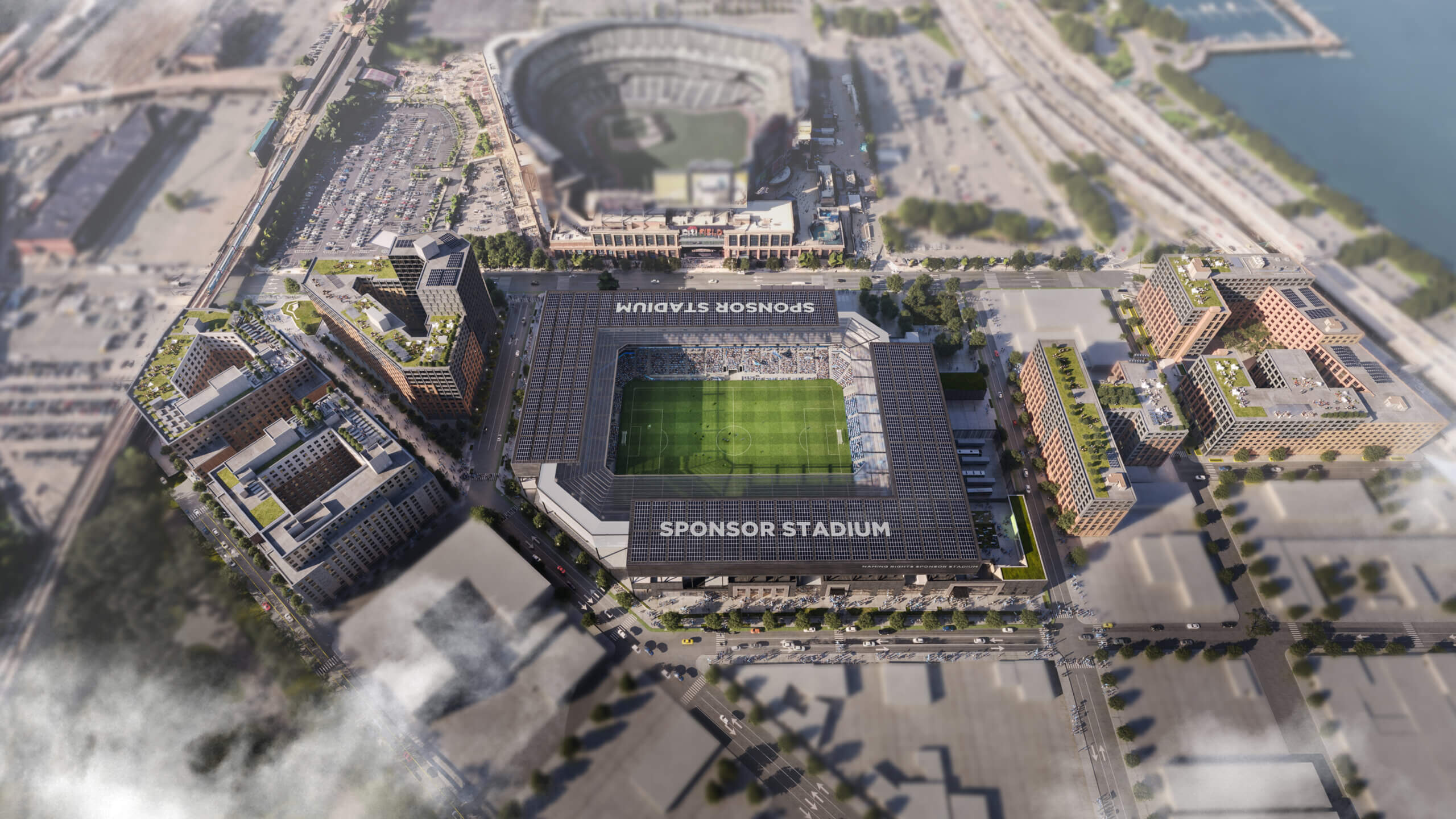
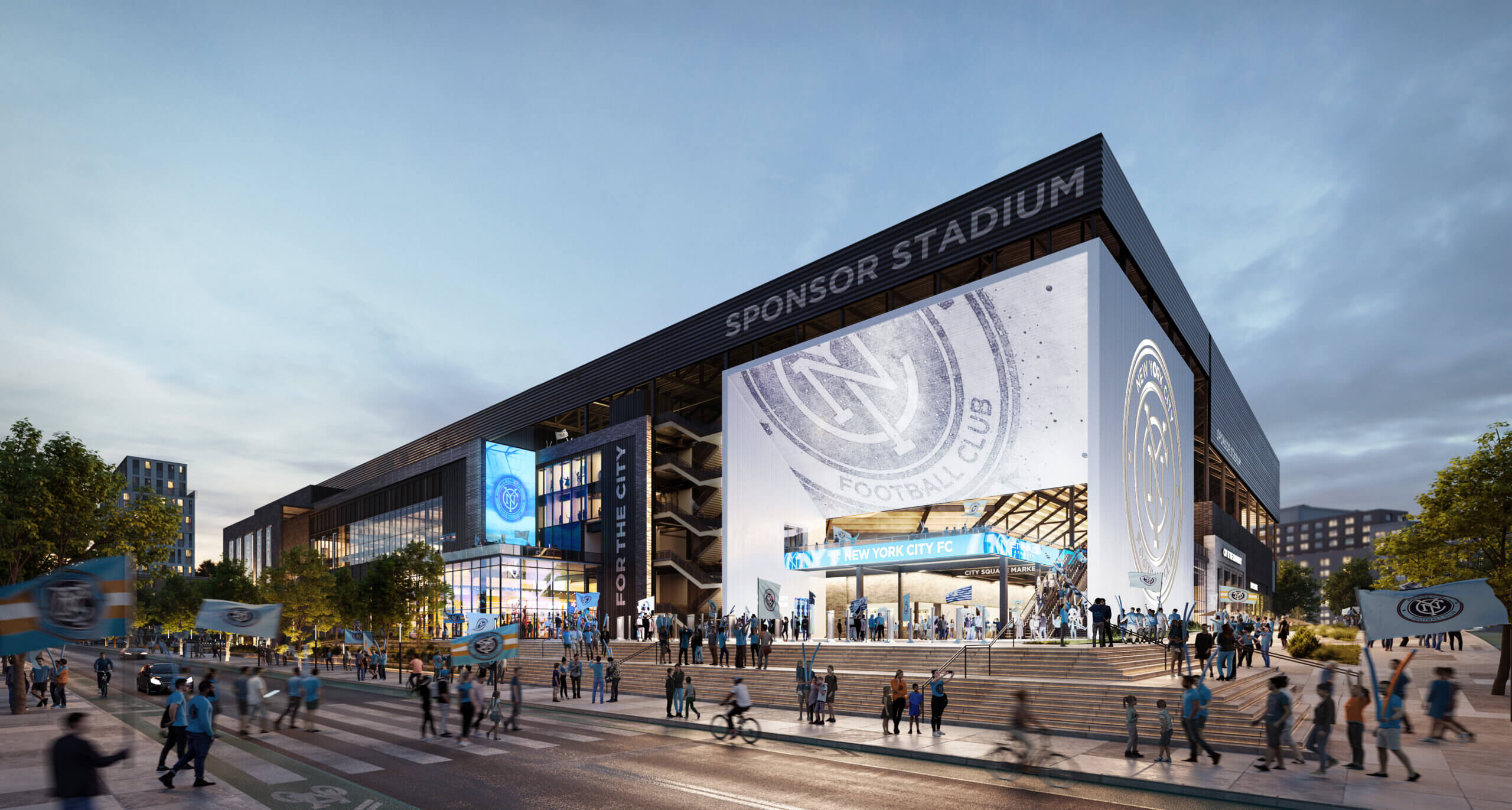
Queens Development Group provided a glimpse into its proposed plan to deliver 2,500, fully affordable units to the area. This housing will be centered around a safe, pedestrian-friendly main street also populated by local retail and small businesses. The neighborhood will also include over 40,000 square feet of public open space, a 650-seat school, a 250-key hotel and ground floor retail shops.
The renderings also provide a glimpse into what will be active open common areas. This includes space for sitting, food carts, greenery, exercise and other recreational uses for the community.
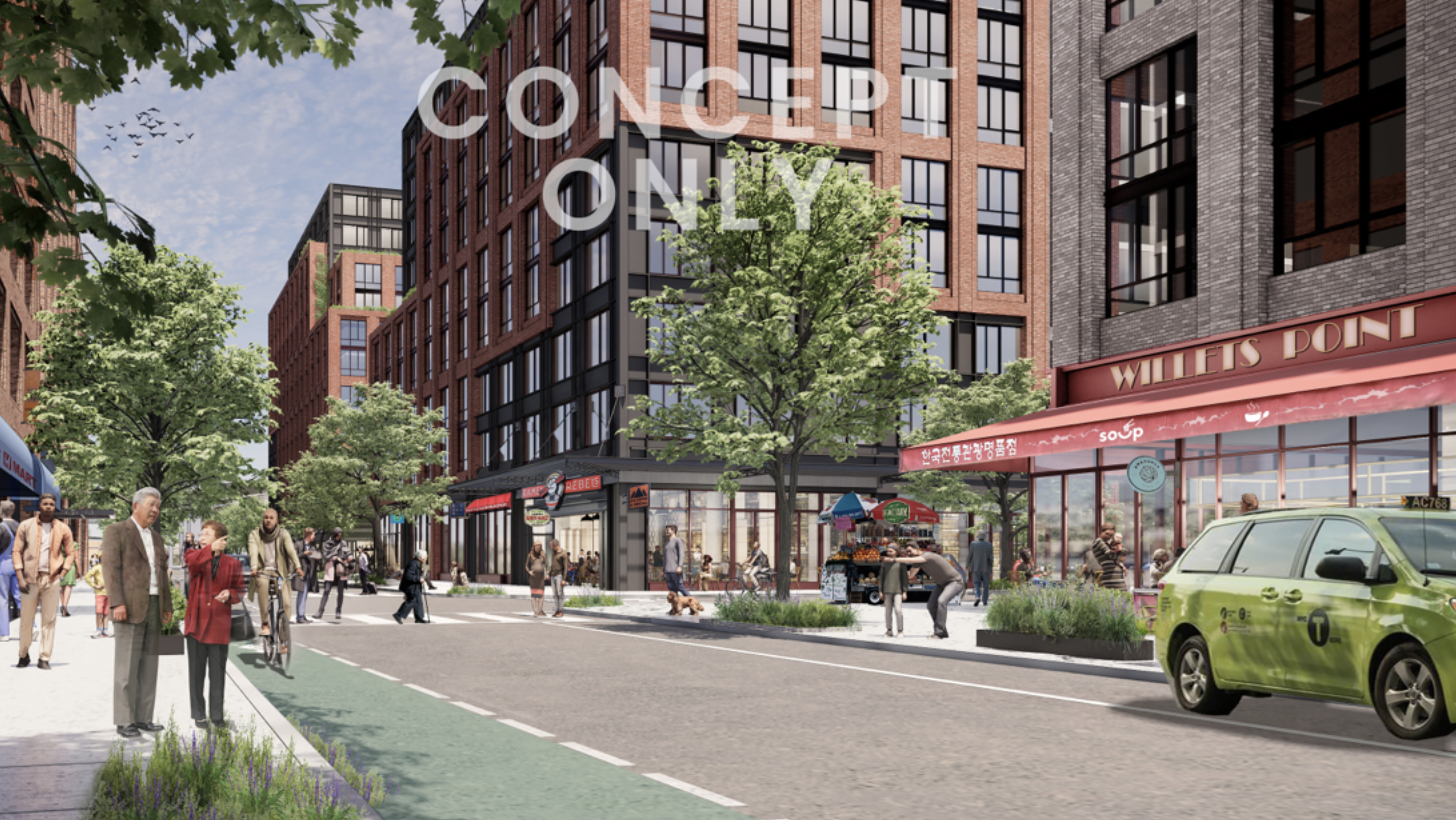
The $780 million, privately-financed, stadium will have more than 25,000 seats. It provides a permanent home for NYCFC, as well as its award-winning foundation, City in the Community (CITC). CITC has built 50 community pitches, served 30,000 youths across New York City and established a strong presence in all five boroughs.
Councilman Francisco Moya was on hand at the meeting and praised the latest renderings. He also commended Community Board 7 for making sure the remediation of the area has been going well and will end up benefiting the community.
“What was once an underserved polluted wasteland that we left to languish for decades is finally taking shape,” Moya said. “The remediation portion for Phase 1 and Phase 2 of the project has officially been completed. We were able to see the significant infrastructure for this project with the installation of the new storm and sanitary sewers, improvement for the new existing streetscape and the removal of tons of dust and dirt.”
Moya also said that a project like this can make a difference in combating the city’s housing crisis. He said that this redevelopment project was unlike anything he had ever seen in the entire country. While the stadium may be getting the most public attention, he said the main point of the project is the fully affordable housing.
Two of the buildings will be completely devoted to affordable housing. They will have a total of 1,100 units, with 220 of them reserved for low-income seniors. Moya also noted that the project marks the city’s largest development of affordable housing in nearly 40 years.
In addition to the housing units, the project will also result in a lot of retail space meant to help fuel the local economy. At least 1,500 permanent jobs are expected to be created.
The school will help limit overpopulation that already exists in schools within the community. The construction of the hotel will also bring more jobs. A commitment has been made for all the construction work to come from union labor. Moya estimates that about 14,200 construction jobs will be created for the project, bringing in around $36 million in revenue.
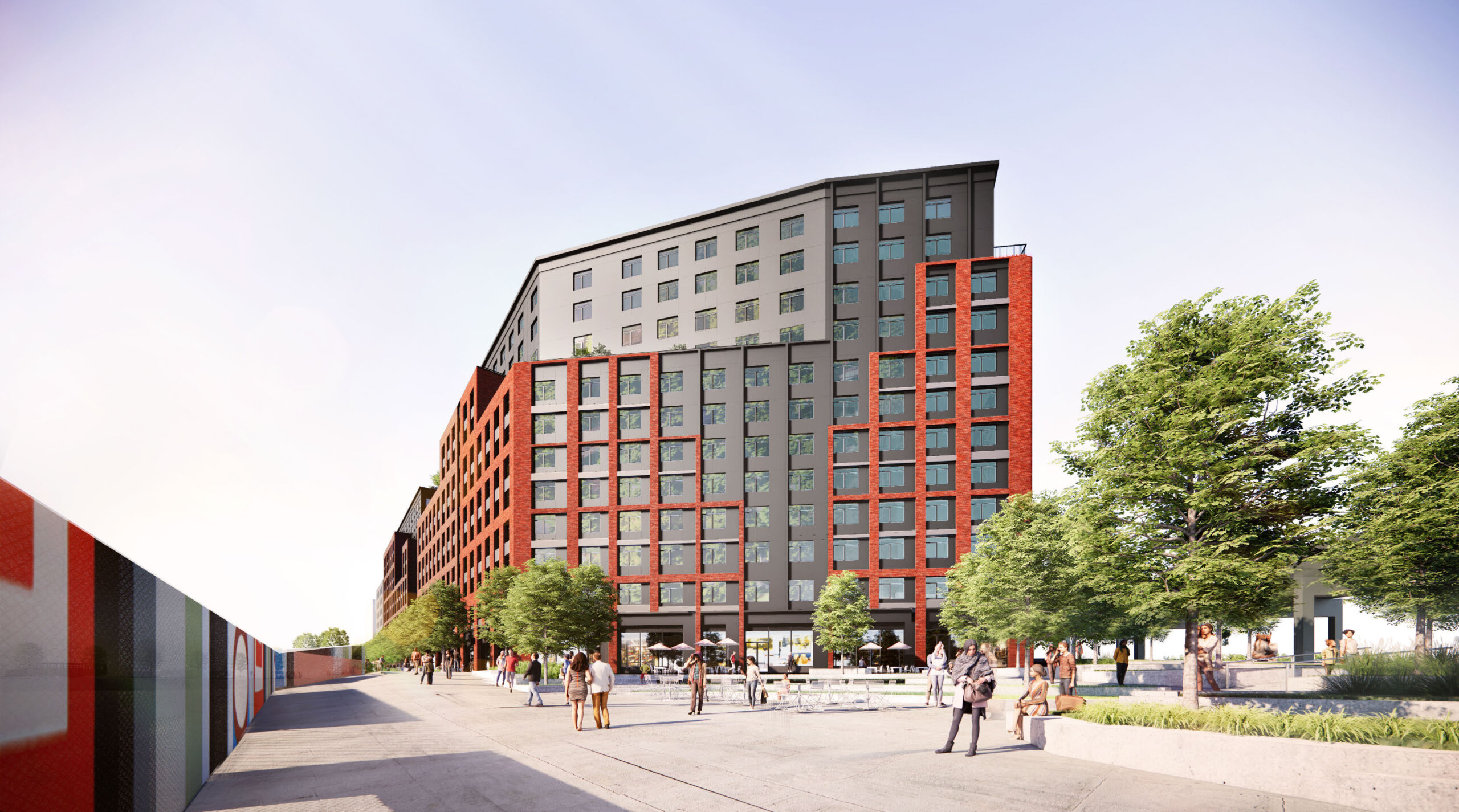
“The Willets Point redevelopment plan provides an unprecedented opportunity to make North Queens a true live, work and play community, but there is more work to be done to ensure surrounding neighborhoods like Corona and Flushing benefit the most from this project,” said Queens Borough President Donovan Richards in a statement. “I look forward to working with all our partners to ensure the needs of families in those communities and across Queens are met as this project proceeds.”
The new renderings provide further context to the stadium’s five core design principles: creating the best live fan experience in New York City; authentically representing the city; embedding the stadium into the community; building a “future forward” stadium, and modeling sustainability.

